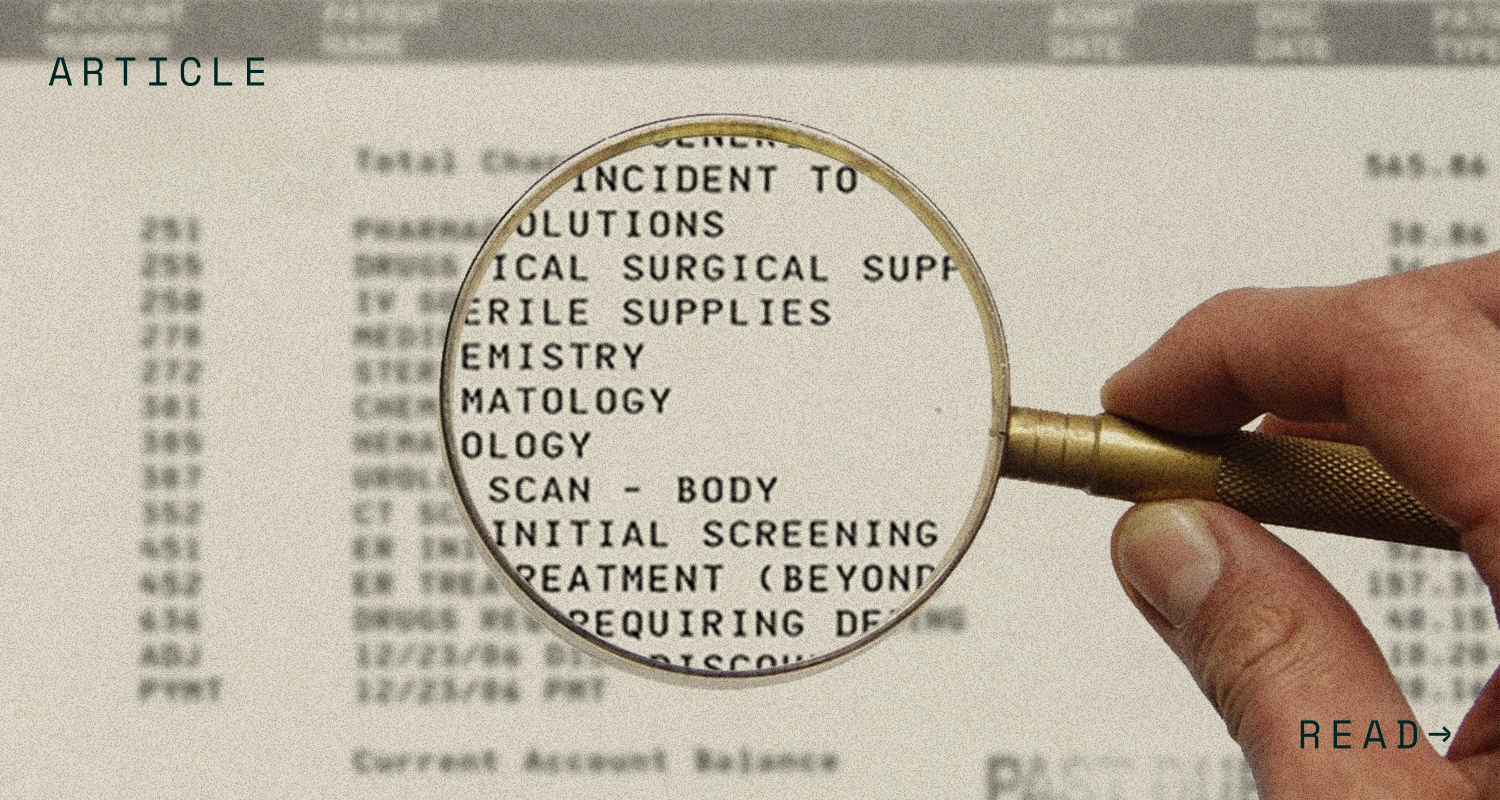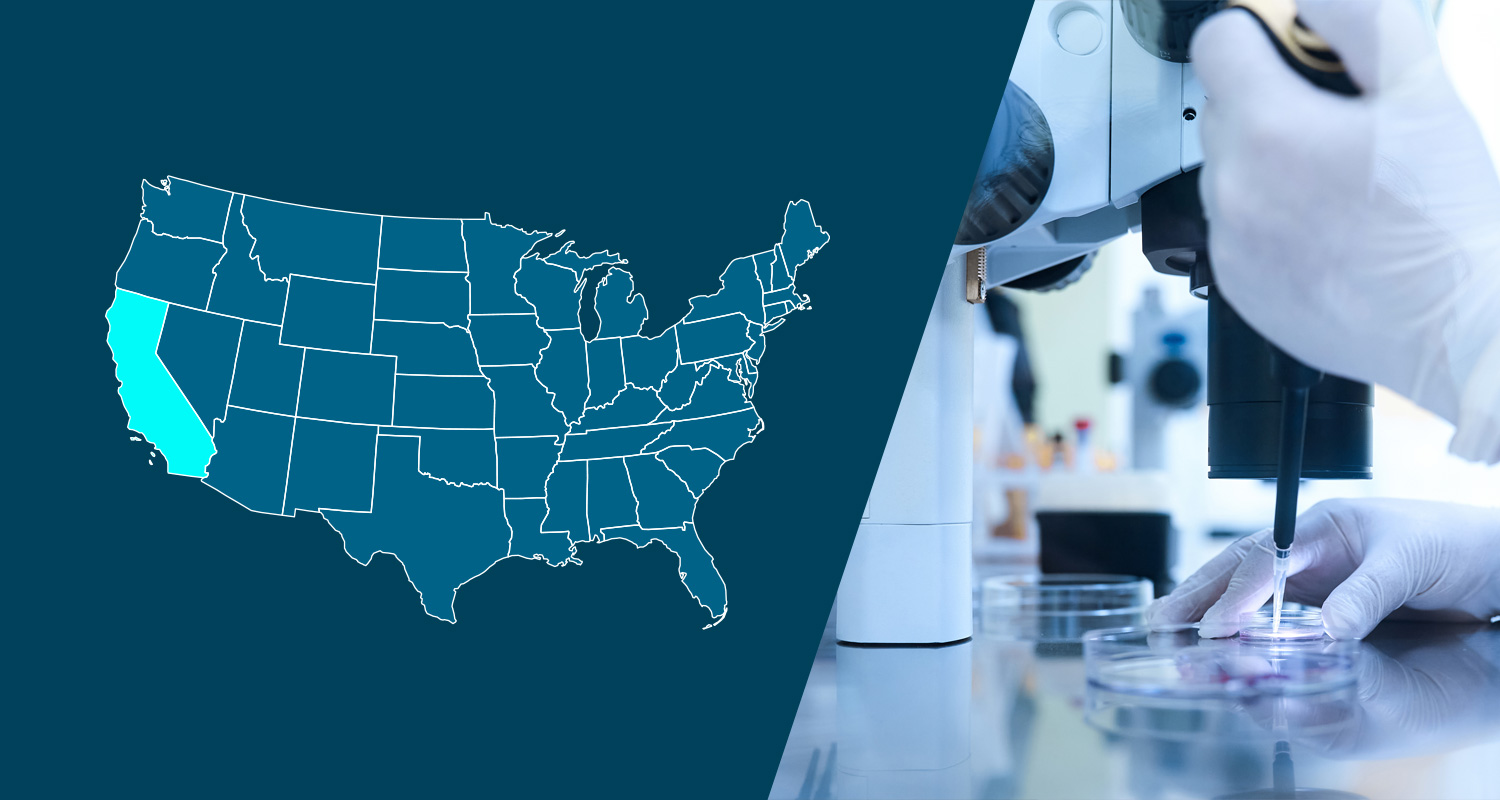Compliance Snapshot
- Hiring entities must develop a system for gig workers to request and use paid sick and safe time and a system to provide monthly reporting on the accrual, use, and availability of paid sick and safe time;
- Hiring entities must use the same accrual method for all gig workers covered by this Ordinance and must file information on their chosen accrual method with the Office of Labor Standards within 14 calendar days after the effective date of the Ordinance;
- Hiring entities must provide a written notice of rights and the policy and procedure for meeting the requirements of the Ordinance.
On June 1, 2020, the Seattle City Council passed the Paid Sick and Safe Time for Gig Workers Ordinance (“Ordinance”) requiring food delivery and transportation network companies to provide paid sick and safe time for gig workers during the COVID-19 emergency (“Gig Worker Sick Leave”). Seattle’s existing paid sick and safe time ordinance provides private-sector employees who work in Seattle specified amounts of accrued, job-protected paid time off.
How long is the Ordinance Effective?
The ordinance takes effect July 13, 2020, and ends 180 days after either (1) the termination of the Mayor’s civil emergency, or (2) the termination of any concurrent civil emergency applicable to Seattle that is proclaimed by a public official in response to COVID-19, whichever is later.
Which Hiring Entities are Subject to Gig Worker Sick Leave?
The Ordinance applies to companies that provide food delivery service or transportation network services in Seattle (referred to as covered “hiring entities” in the Ordinance). The Ordinance defines both “food delivery network company” and “transportation network company” under Section 100.10.
For the purposes of this Ordinance, covered hiring entities are limited to those who hire 250 or more gig workers worldwide and may include separate entities that form an integrated enterprise and therefore are a single hiring entity under the Ordinance. The factors to consider in assessing whether separate entities form an integrated enterprise include, but are not limited to: degree of interrelation between the operations of the entities; degree to which the entities share common management; centralized control of labor relations; and degree of common ownership or financial control over the entities.
Who is a Gig Worker under the Ordinance?
The Ordinance defines Gig Worker as a food delivery network worker or a transportation network company driver.
How is the Number of Gig Workers Determined?
The calculation is based upon the average number (per calendar week) of gig workers who worked for compensation during the preceding calendar year for any and all weeks during which at least one gig worker worked for compensation. For hiring entities that did not have any gig workers during the preceding calendar year, the number of gig workers hired for the current calendar year is calculated based upon the average number (per calendar week) of gig workers who worked for compensation during the first 90 calendar days of the current year in which the hiring entity engaged in business.
All gig workers who worked for compensation are counted, including but not limited to gig workers who are not covered by this Ordinance; gig workers who worked in Seattle; and gig workers who worked outside Seattle.
Who is Eligible to take Leave under the Ordinance?
For the purposes of this Ordinance, a covered gig worker is limited to those who perform work for a covered hiring entity, where the work is performed in whole or part in Seattle. A gig worker is entitled to use accrued Gig Worker Sick Leave if the gig worker has performed work in whole or part in Seattle, within 90 calendar days prior to their request to use paid sick and safe time.
What are the Qualifying Reasons for Taking Leave under the Ordinance?
A gig worker may use paid sick time for the following reasons:
- For a personal, mental, or physical illness, injury, or health condition; to accommodate the gig worker’s need for medical diagnosis, care, or treatment of a mental or physical illness, injury, or health condition; or a gig worker’s need for preventive medical care; and
- For care of a family member with a mental or physical illness, injury, or health condition; care of a family member who needs medical diagnosis, care, or treatment of a mental or physical illness, injury, or health condition; or care of a family member who needs preventive medical care.
A gig worker may use paid safe time for the following reasons:
- When the hiring entity has suspended or otherwise discontinued operations by order of a public official, for any health-related reason, to limit exposure to an infectious agent, biological toxin, or hazardous material;
- When the hiring entity has reduced, suspended, or otherwise discontinued operations for any health- or safety-related reason;
- When the gig worker’s family member’s school or place of care has been closed; and
- For any of the reasons related to domestic violence, sexual assault, or stalking, as set out in Washington’s Domestic Violence Leave law.
How do Gig Workers Request Leave?
The Ordinance requires hiring entities to establish an accessible system for gig workers to request and use paid sick and safe time. Such system must be available to the gig worker via smartphone application or online web portal.
Can a Hiring Entity Require Leave Documentation?
A covered hiring entity may request reasonable verification from the gig worker for leave requests of more than 3 consecutive days.
For reasonable verification of paid sick time:
- A hiring entity may require documentation signed by a health care provider indicating that the gig worker’s use of paid sick time was necessary; a hiring entity shall not request or require that the documentation explain the nature of the illness, injury, health condition, or preventive care.
- A hiring entity shall not require verification from a health care provider during a civil emergency proclaimed by a public official in response to COVID-19; it shall automatically be considered an unreasonable burden for hiring entities to require verification from a health care provider when a public official has proclaimed a civil emergency in response to COVID-19.
For reasonable verification of paid safe time:
- A hiring entity may require that requests be supported by verification that the gig worker or gig worker’s family or household member is a victim of domestic violence, sexual assault, or stalking, and that the leave taken was for one of the qualifying safe time reasons. A gig worker may satisfy this verification requirement by one or more of the following methods:
- A gig worker’s written statement that the gig worker or the gig worker’s family or household member is a victim of domestic violence, sexual assault, or stalking and that the leave taken was for one of the qualifying safe time reasons;
- A police report indicating that the gig worker or gig worker’s family or household member was a victim of domestic violence, sexual assault, or stalking;
- A court order protecting or separating the gig worker or gig worker’s family or household member from the perpetrator of the act of domestic violence, sexual assault, or stalking, or other evidence from the court or the prosecuting attorney that the gig worker or gig worker’s family or household member appeared, or is scheduled to appear, in court in connection with an incident of domestic violence, sexual assault, or stalking; or
- Documentation that the gig worker or gig worker’s family or household member is a victim of domestic violence, sexual assault, or stalking, from any of the following persons from whom the gig worker or gig worker’s family or household member sought assistance in addressing the domestic violence, sexual assault, or stalking: an advocate for victims of domestic violence, sexual assault, or stalking; an attorney; a member of the clergy; or a medical or other professional.
What is the Amount and Accrual Rate of Leave that Must be Provided?
Beginning October 1, 2019, gig workers earn one day of leave for every 30 calendar days worked in whole or in part in Seattle. Gig workers will continue to accrue paid sick and safe time until 180 days after the COVID-19 emergency orders covering Seattle have been lifted at both the local and state levels.
Covered hiring entities have the option to calculate retroactively accrued Gig Worker Sick Leave from October 1, 2019 to the effective date of the Ordinance in the following two ways: (1) one day for every 30 worked in Seattle since October 1, 2019, or (2) five days on the effective date of the Ordinance and then one day for every 30 days worked.
Hiring entities must use the same accrual method for all gig workers covered by the Ordinance and must file information on their chosen accrual method with the Office of Labor Standards within 14 calendar days after the effective date of the Ordinance.
What is the Rate of Pay?
Gig workers must be paid their “average daily compensation” for each day worked for the hiring entity during the highest earning calendar month since October 1, 2019 or since the commencement of work for the company, whichever date is latest. The income used for calculations includes bonuses, commissions, and tips. Average daily compensation would be recalculated every month to reflect changes in gig worker’s earnings.
What are the Written Notification and Posting Requirements?
Notice of Rights and Written Policy
Employers are required to provide each worker eligible to accrue paid sick and safe time with a written notice of rights established by the Ordinance and of the company’s policy and procedures under the Ordinance. The notice and policy must be provided to workers in an electronic format that is readily accessible and must be made available to the worker via smartphone application or online web portal, in English, and in any language that the company knows or has reason to know is the primary language of the worker.
Monthly Notification of Sick Leave Balances
Hiring entities must provide each gig worker with written notification of the following:
- The current average rate of daily compensation that the gig worker will use for paid sick and safe time;
- An updated amount of leave accrued and/or reduced since the last notification;
- Any unused time available for use;
- If applicable, any amount that the hiring entity may subtract from a gig worker’s compensation for sick or safe time leave taken from October 1, 2019 and the effective date of the Ordinance.
Hiring entities must provide this notification at least monthly and may choose a “reasonable system” for providing this notification, including but not limited to, a pay stub, weekly summary of compensation information, or an online system where gig workers can access their paid sick and safe time information. Hiring entities are not required to provide this notification to a gig worker if the gig worker has not worked any days since the last notification.
Can Gig Workers Carryover Leave?
Yes. Gig workers must be allowed to carry over at least nine days of accrued, unused paid sick and safe time to the following year. The Ordinance allows the hiring entity to establish what that “year” is, which may be established as a calendar year, fiscal year, service year, or any other fixed, consecutive 12-month period as long as it is used in the ordinary course of the company’s business for the purpose of calculating compensation to gig workers.
Are Hiring Entities Required to Reinstate Accrued Gig Worker Sick Leave upon Re-Hire?
Yes. If a gig worker separates from work due to inactivity, deactivation, or other reason, and returns to work within 12 months of separation by the same hiring entity, their previous work is counted for purposes of determining eligibility to use accrued paid sick and safe time under the Ordinance. Any previously accrued, unused paid sick and safe time will also be retained by the gig worker and the gig worker is entitled to use such paid sick and paid safe time as long as they are otherwise eligible.
If a gig worker separates from work and returns to work after 12 months of separation by the same hiring entity, the gig worker is not entitled to retain previously accrued paid sick and safe time.
Are there Recordkeeping Requirements?
Hiring entities must retain records that document compliance with this Ordinance for each gig worker, including:
- Date of commencement of work;
- Days worked in whole or part in Seattle;
- Compensation for days worked in whole or part in Seattle;
- Rates of average daily compensation as calculated every calendar month;
- Paid sick and safe time accrued, and any unused paid sick and safe time available for use;
- Paid sick and safe time reductions, including but not limited to: paid sick and safe time used, paid sick and safe time donated to a co-worker through a shared leave program, or paid sick and safe time not carried over to the following year; and
- Other records that are material and necessary to effectuate the terms of the Ordinance.
These records must be retained for three years from the specific date(s) worked by the gig worker or the date of actual use of paid sick and safe time.
Additional Resources
- City of Seattle website
- Seattle Office of Labor Standards
- Paid Sick and Safe Time for Gig Workers Ordinance
- Seattle Paid Sick and Safe Time Ordinance
Disclaimer: This content is intended for informational purposes only and should not be construed as legal, medical or tax advice. It provides general information and is not intended to encompass all compliance and legal obligations that may be applicable. This information and any questions as to your specific circumstances should be reviewed with your respective legal counsel and/or tax advisor as we do not provide legal or tax advice. Please note that this information may be subject to change based on legislative changes. © 2020 Sequoia Benefits & Insurance Services, LLC. All Rights Reserved




